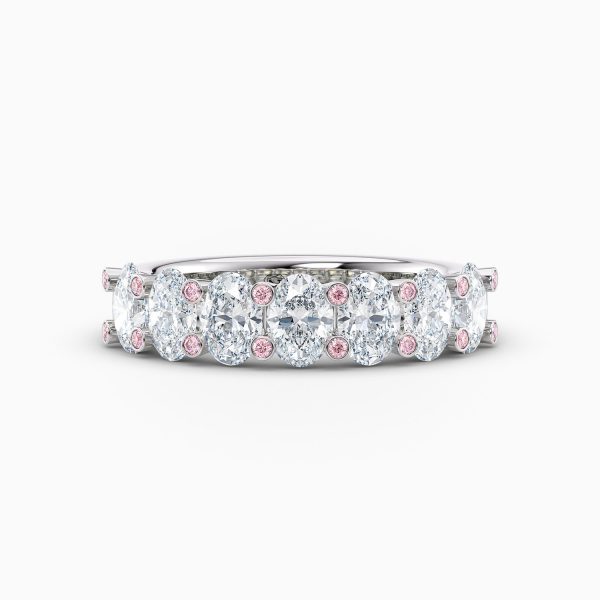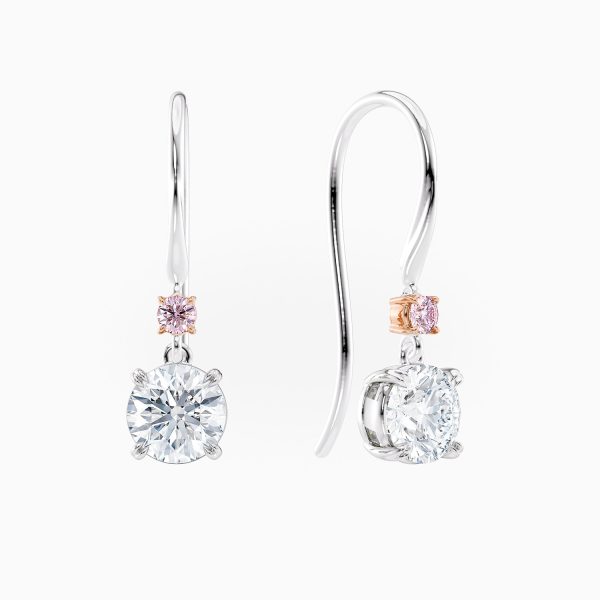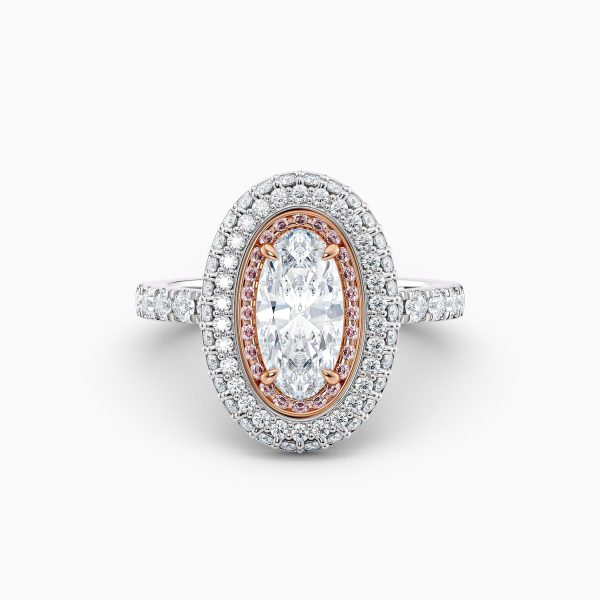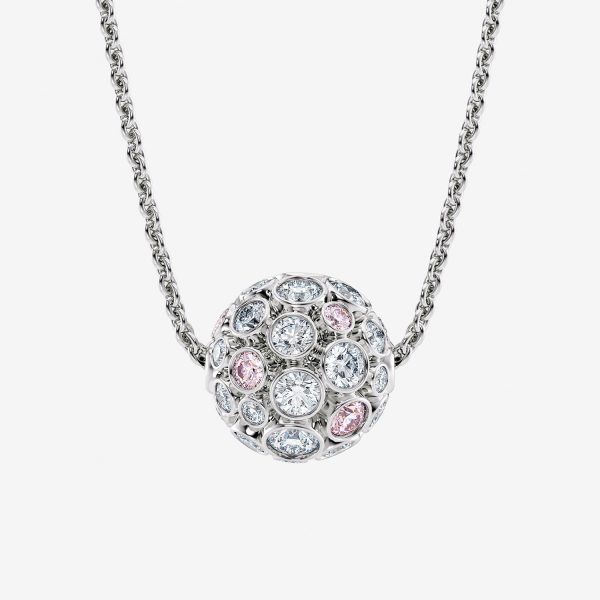Choosing a diamond is not as simple as just choosing from an internet list or diamond tray!
The 4c’s relate to characteristics given to diamonds so that we can assess how good or bad each diamond is. Carat size, Cut, Colour and Clarity are all very important and have an impact on the appearance and cost of a diamond but other characteristics need to be looked at including fluorescence, girdle thickness, position and type of inclusions and crystal clearness as these all impact on diamond quality and price.
CARAT
Diamond carat weight is the measurement of how much a diamond weighs. A 1 carat diamond weighs 200 milligrams so a diamond with a weight of 1 gram is a 5 carat diamond.
Each carat is subdivided into 100 points which allows for extremely precise measurements of weight. A 1 carat diamond = 100 points, ½ carat diamond = 50 points and so on. Often small diamonds are referred to as ‘pointers’. So for example, when making a pave diamond setting the diamonds used maybe 1 pointers or 2 pointers etc.
As a rule, diamonds increase in price as the carat size increases because larger diamonds are rarer and more desirable however diamonds of equal diamond weight can vary greatly in price depending on their Cut, Colour and Clarity.
A diamonds value is determined using all the 4cs, not just its Carat Weight
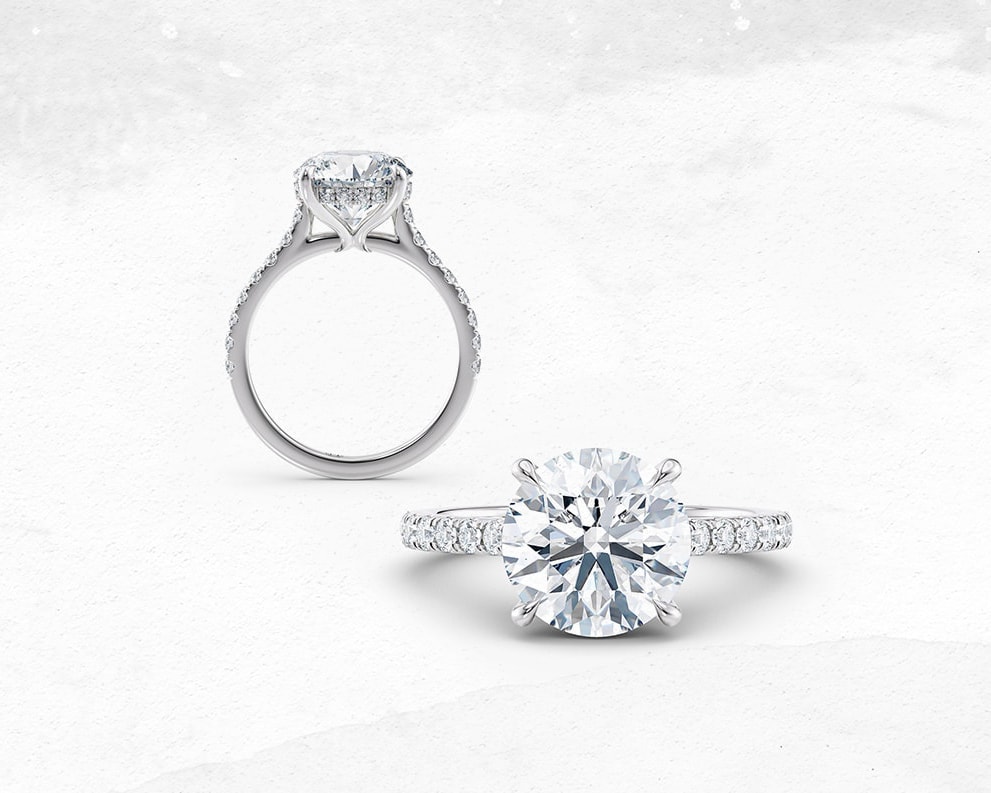
CUT
The ‘Cut’ of a diamond is considered by many to be the most important of the 4’c’s. It is the overall cut of a diamond that is the major contributing factor determining brilliance and scintillation.
The diagram below illustrates how light traveling into the stone from the table is lost through the sides if the diamond has been cut either too deep or too shallow. Only if the diamond has been cut to precise measurements that light will be returned back through the table giving perfect brilliance and scintillation.
Round Brilliant diamonds that have been certified and given an ‘excellent’ rating for Cut, Polish and Symmetry are often referred to as ‘Ideal’ Cut Diamonds and ‘Hearts and Arrows’ Diamonds. With laboratories using different methods for grading diamonds there can be discrepencies in what actually is an ideal cut.
View information on TripleEx H&A™, ‘The Worlds most perfectly Cut Hearts and Arrows Diamond’.

COLOUR
For White diamonds colour refers to how white a diamond is by grading its lack of colour.
There are many global Diamond Grading Laboratories that have different ways of expressing colour grades in terms of letters, numbers and words, but GIA would be the most commonly used. The GIA have implemented an alphabetical scale from D through to Z. D being the whitest diamond and Z having the strongest yellowish tinge.
The most popular white diamond colour range Nick has is from D colour to F colour. These diamonds are the whitest of diamonds and have no colour tinge to them.
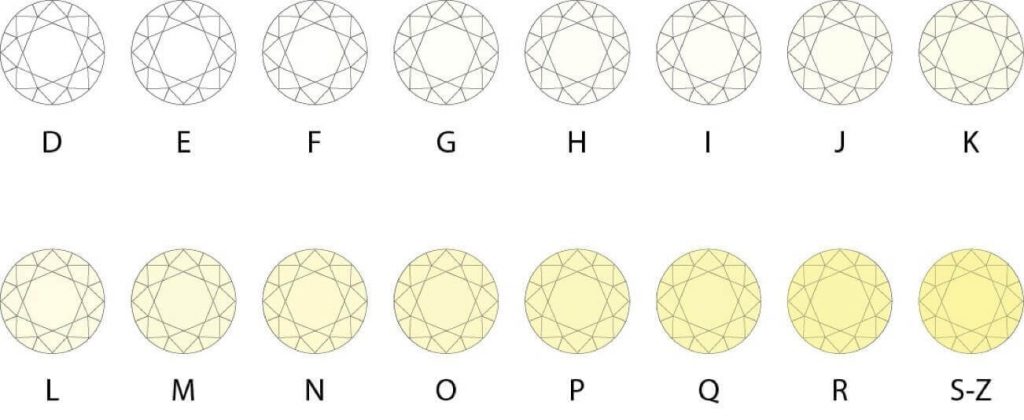
Coloured Diamonds are unique as they can be found in every imaginable colour varying from soft pastel shades to vivid concentrations of colour. The strength of colour is one of the most important factors in determining the value of a coloured diamond. GIA use a combination of Hue, Tone and Saturation to come up with colour grades.
Pink Diamonds have their own unique colour grading system. Starting with the rarest Reds , through the pink spectrum of Purple Pink, Pink, Pink Rose and Pink Champagne, the most intense Pinks having a grading of 1 and the lightest of colour being graded a 9. There are also very rare and attractive hues of Blue / Violet diamonds.
The 3 main factors to understanding the colour of Pink diamonds:
Hue: The dominant colour of the diamond. Sometimes there are modifying colours or tints that affect hue.
Tone: The amount of lightness or darkness in the diamond. The range of tone extends from light to dark.
Saturation: The strength or intensity of hue. The saturation of light in diamonds can vary from pastel to vivid and intense. The darker and more intense the colour, the rarer and more valuable the diamond.
CLARITY
Clarity is a very important factor when selecting a diamond.
Diamonds are graded from Flawless, being perfectly clear and free from any impurities through to I3 which is a heavily included diamond with impurities easily visible to the naked eye. Impurities can be trapped pieces of carbon, clouds, crystals etc.
Vs clarity upwards are diamonds that you can usually count on not seeing any impurities with your naked eye however exceptional si1 diamonds can also appear as eye clean depending on what and where the impurity is.
The chart shows how GIA, AGS and CIBJO grade Clarity.
| GIA | AGS | CIBJO | |
|---|---|---|---|
 | F Flawless | 0 | F Flawless |
 | IF Internally Flawless | 1 | IF |
 | VVS1 Very Very Slightly Included 1 | VVS1 | |
 | VVS2 Very Very Slightly Included 2 | 2 | VVS2 |
 | VS1 Very Slightly Included 1 | 3 | VS1 |
 | VS2 Very Slightly Included 2 | 4 | VS2 |
 | SI1 Slightly Included 1 | 5 | SI1 |
 | SI2 Slightly Included 2 | 6 | SI2 |
 | I1 Included 1 | 7-8 | P1 Pique 1 |
 | I2 Included2 | 8-9 | P2 Pique 2 |
 | I3 Included 3 | 9-10 | P3 Pique 3 |
OTHER CONSIDERATIONS
Other things to take into consideration which ultimately impact on the overall fire and brilliance of diamond are polish, symmetry and flourescence.
POLISH & SYMMETRY
Polish looks at how well a diamond has been polished. A perfectly polished diamond will allow light to enter and exit as its surface has been polished free from imperfections. A poorly polished diamond will have less brilliance as it has microscopic polish lines that blur the surface of the diamond.
Symmetry looks at how symmetrically perfect a stone has been cut. Some examples of this would be
- The culet needs to be exactly in the centre of the diamond and not off centre.
- The Table needs to be exactly in the centre of the diamond and not off centre.
- The girdle needs to be of even thickness otherwise it will have a noticeable wavy girdle.
FLUORESENCE
Diamonds that have flouresense react with UV light and can add a hint of colour to the diamond, blue and yellow being the most prevalent and is graded by the prominent international grading laboratories as faint, medium, strong and very strong.
In a lower colour white diamond some flouresense can make it appear whiter than it is which can be advantageous. As a general rule stones of a high white colour that have any form of flouresense are cheaper to purchase than a stone with none.
